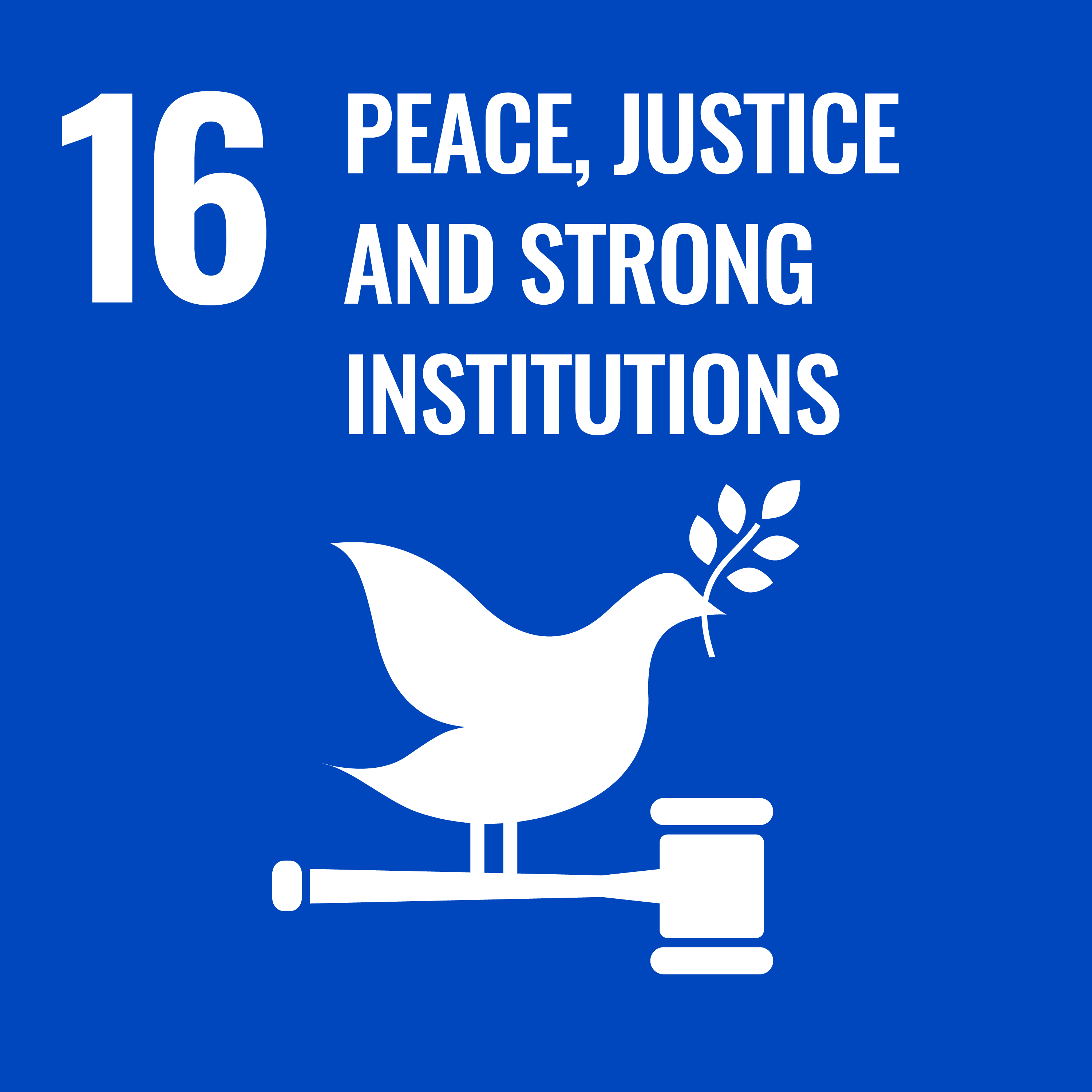Contributes to achieving SDGs
Key results
partner organizations/institutions
in 53 countries now have strengthened capacities to apply newly-obtained knowledge and technical skills to effectively mainstream gender into fiscal laws, policies and standards, in areas including taxation, trade and decentralization








